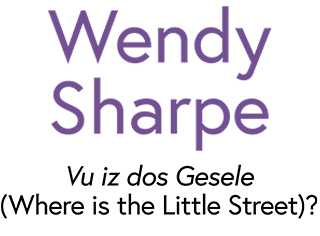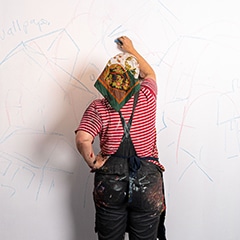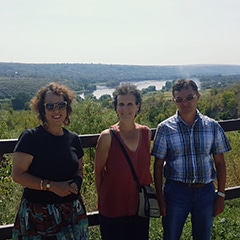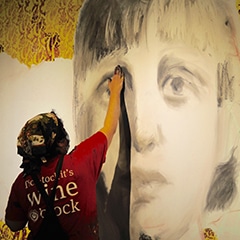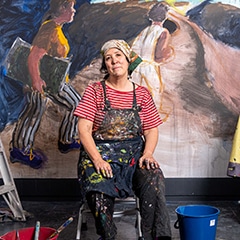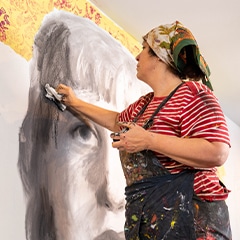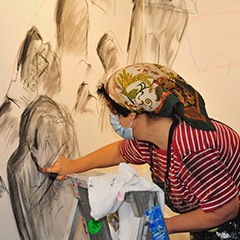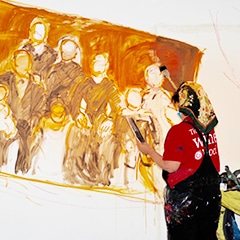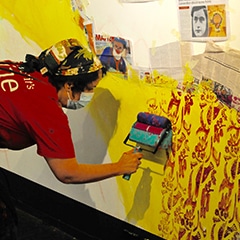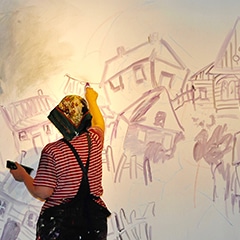Ancestry
Wendy is the only child of British parents who settled in Sydney in the 1950s. Her mother, Marjorie, wasn’t Jewish, but her father, writer and historian Alan Sharpe was of Russian Jewish heritage. His parents were Ben and Bessie Cohen (née Fishman). Ben died, leaving Bessie a widow with two young sons. She eventually married Dave Shapavitch (Sharpe). In the early 1900s, Bessie’s relatives escaped pogroms, fleeing Kamianets-Podilskyi, then part of Russia, now Ukraine, settling in London as refugees.
“My ancestors’ escape from their homeland is just one of many thousands of similar stories of chance survival or planned migration. No words can describe their bravery in the face of intense antisemitism.” – Ruth Fishman (cousin)
Ancestry
Wendy is the only child of British parents who settled in Sydney in the 1950s. Her mother, Marjorie, wasn’t Jewish, but her father, writer and historian Alan Sharpe was of Russian Jewish heritage. His parents were Ben and Bessie Cohen (née Fishman). Ben died, leaving Bessie a widow with two young sons. She eventually married Dave Shapavitch (Sharpe). In the early 1900s, Bessie’s relatives escaped pogroms, fleeing Kamianets-Podilskyi, then part of Russia, now Ukraine, settling in London as refugees.
“My ancestors’ escape from their homeland is just one of many thousands of similar stories of chance survival or planned migration. No words can describe their bravery in the face of intense antisemitism.” – Ruth Fishman (cousin)
